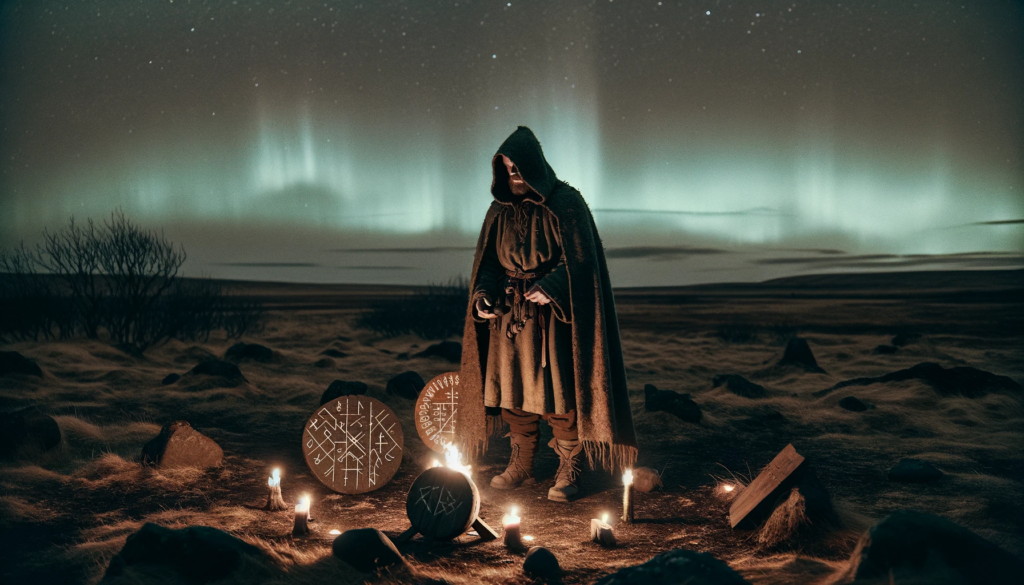Iceland differed from the rest of the Nordic countries (and large parts of Europe) in that most of those accused of witchcraft were men.
That can be explained by the fact that although Iceland was a Christian country, the old practices of sorcery was still accepted and in many cases still revered, and – contrary to the Viking Age – most of those that practiced were men.
The knowledge of supernatural things – fjölkyngi – and the ability to perform spells, gave prestige and status for a long time.
Not until the Danish witchcraft law was introduced in Iceland in 1617, witch trials began.
The first Icelander to be executed for witchcraft was Jón Rögnvaldsson in 1625. This happened after a local bailiff, who had been educated in Copenhagen, heard of a boy who became ill after being haunted by ghosts, and many horses were said to have been killed by the same ghosts. The bailiff assumed that it was the work of a witch.

The sick boy pointed out Jón, who was known to be a fjölkunnugur (someone with above mentioned knowledge). Magical objects were found in his house, and thus his faith was sealed.
The witch hunt was never as hysterical in Iceland however, probably because the practice of fjölkyngi had so long been revered, and of 120 trials “only” 22 executions followed – of these 21 men and one woman.
When the Danish authorities required that all death penalties in witch trials were to be approved by the courts in Copenhagen, the witch trials ebbed away. Even those convicted seldom received a verdict from Copenhagen, and were thus spared.
In the next post, we’ll take a look at the witch trials in Sweden.
Sources:
Harrisson, Dick. Häxprocesserna
Harrison, Dick. Ondskans tid

